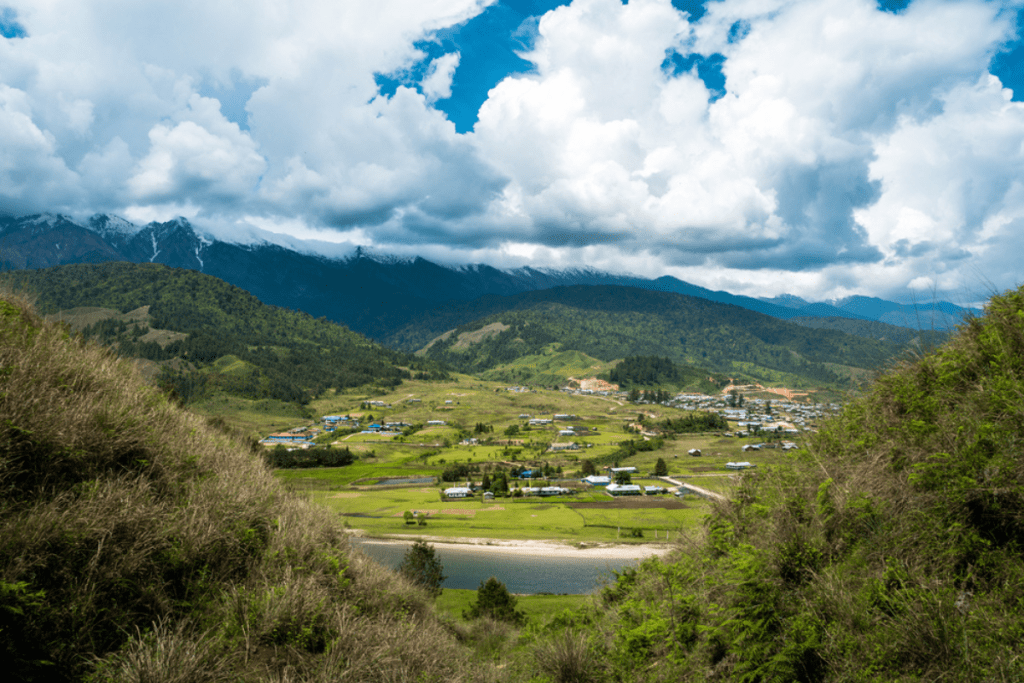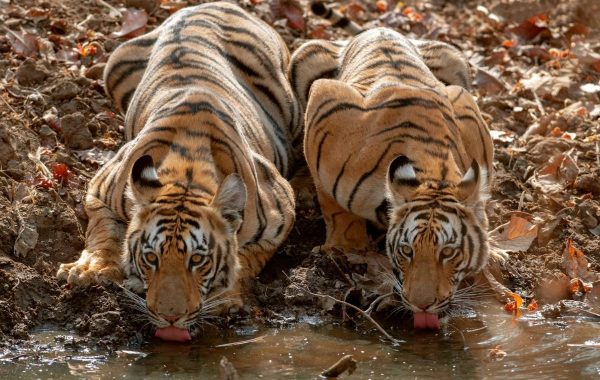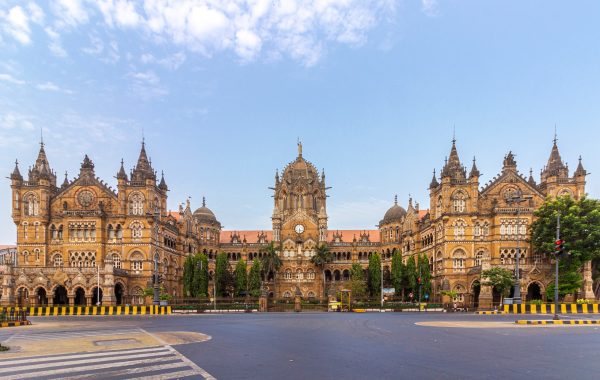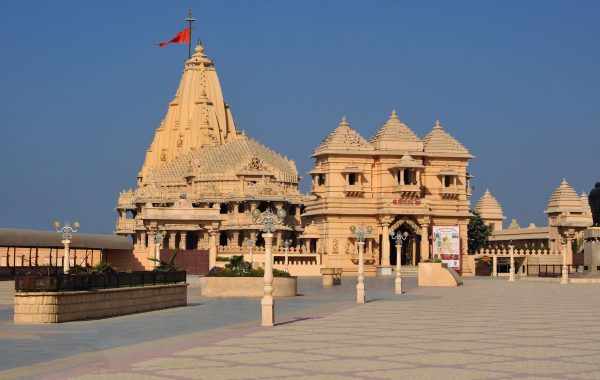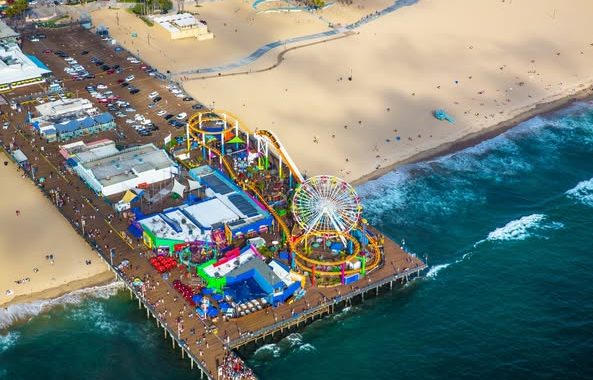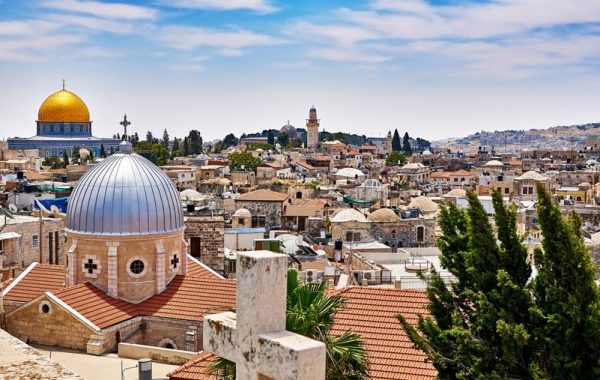Exploring the Enigmatic Route from Likabali to Mechuka via Basar and Aalo
The leading names that take the spotlight when thinking of Arunachal Pradesh include Tawang, for its enduring spiritual identity, and in more recent times, Ziro, for its festival that has put it on the tourist map. For those looking to break away from the usual though, especially for the raw, unfiltered, natural beauty of Arunachal Pradesh, Mechuka has been a top pick. Throw in hints of unique culture and adventure en route, and you have an incredible trail starting from the historical town of Likabali going all the way to Mechuka, with two unmatched stops, Basar and Aalo, complimenting this one-of-its kind route.
Under a two-hour drive from the Dibrugarh airport, Likabali makes for a convenient stop right across the mighty Brahmaputra. Located in the West Siang district which is also the state’s largest, the town is known best for Malinithan, a temple that finds mention in the Puranas and where Durga is the prime goddess that is worshipped. A historical site dating back to the 10th and 14th centuries AD, the Malinithan temple ruins indicate a granite structure built in the classical tradition of Orissa. It’s singularity lies in the use of granite in a region that largely uses bricks, the former showing an early Aryan influence. Not only is the temple of architectural and historical value, but also of mythological value; this is where Krishna is believed to have stopped on his way from Bhismakanagar to Dwarka with his newly wedded wife Rukmini, to seek the blessings of Parvati, an incarnation of Durga.
Onwards from Likabali, Basga is an easy three-hour journey. An unexplored gem this side of the state, the beauty of this hill hamlet and its cultural richness is often underrated. Part of the Lepa-Rada district, Basgo sits in the midst of rice and maize fields interspersed with pineapple, orange and kiwi orchards. Wander across these beautiful agricultural fields, or hike up to the 70-metre Hido Hidi waterfall and take in its ethereal beauty. The best trail bound to bowl over nature lovers though, is the one that goes through the surreal Nguda Pokcho forest. This gorgeous jungle is a lush one, crisscrossed with streams and waterfalls, and makes for a memorable camping experience. For the intrepid wildlife explorer, a unique opportunity awaits at the intriguing caves in Padi, home to bat colonies. Home to the Galo tribe, Basar celebrates the Bascon festival which is popular with travellers. For a more local experience, attend the Mopin festival that celebrates harvest season.
Continue upwards for a couple of hours to re-enter West Siang, where you’ll hit ‘Orange Country’ Aalo, formerly also known as Aalong. This beautiful valley is at the confluence of the Sipu and Siyom rivers, and flooded with orange plantations. The relatively big town has man-made sights like the Ramakrishna mission campus, Tatum bridge, and the Donyi Polo temple, but it is the abundance of scenic landscapes that this stretch is all about. Once again home to the Galo tribe, the nearby villages of Jirdin, Kabu and Kayi add an interesting cultural context to the exploration. Finish it off with the thrill of walking the bamboo and cane bridge across the Siyom, or go rafting on its challenging waters.

From Aalo, the last and the longest leg of the journey begins, but not without its rewards. The five-hour plus drive takes you to the star attraction of the trail, Mechuka, that has long been sought by admirers of nature in its pristine form.
At 6,000 feet, Mechuka sits close to the Indo-Tibetan border, and is revered by both travellers and locals alike. Also known as Menchuka, it can be split into three syllables, wherein ‘men’ means “medicinal”, ‘chu’ means ‘water’ and ‘kha’ means ‘ice’ in the local language. The melted glacial waters that flow through Menchuka are believed to contain medicinal properties, making them sacred for local inhabitants, including the Adi, Bokar, Bemba and Liao tribes. The Membas reside in quaint wooden homes, staying in one of which with a family and enjoying a traditional tribal meal, can provide an astounding cultural experience. Surrounded by snow-capped peaks and the Siyom river flowing through Mechuka, it looks nothing less than a painting.
While natural beauty is the biggest draw of Mechuka, the place doubles as a hub for seekers of adventure. Go hiking on its many, lesser trodden paths, and birding through its verdant forests. Hit the rapids of the Siang on a raft or a kayak, or walk across the bamboo bridge that straddles the river, and drive across the Bhogibeel bridge across the Brahmaputra. But most of all, unwind and soak in the remoteness, and savour the feeling of being disconnected from the daily humdrum of the planet. Once you emerge from this trail, you will realise why choosing the road less travelled made all the difference.
In Partnership with Arunachal Pradesh Tourism
For the latest travel news and updates, food and drink journeys, restaurant features, and more, like us on Facebook or follow us on Instagram. Read more on Travel and Food Network
Related Coverage
Discover The Beauty Of Arunachal Pradesh Through Bird And Butterfly Spotting
Trekking The Seven Lakes In Arunachal Pradesh
Orange Festival of Music and Adventure | Arunachal Pradesh
Shikha Tripathi is a travel journalist, gathering stories on offbeat places, sustainable travel, traditional food, and her forever love, the great outdoors.


